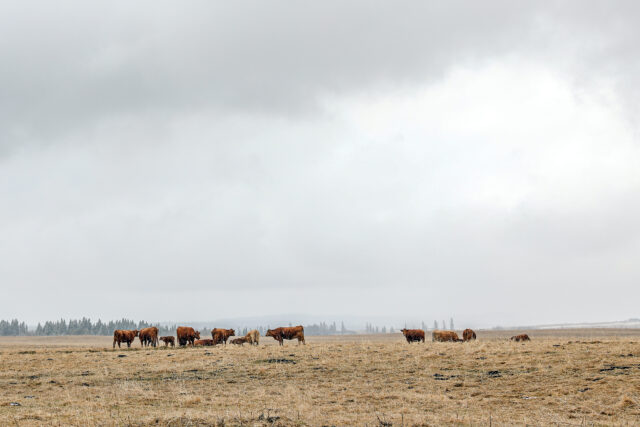
By Kevin Hursh
Two years of worldwide pandemic followed by the Russian invasion of Ukraine has created an extremely uncertain and volatile situation for farmers and ranchers. No one can predict all the twists and turns we may see, but here are some of the most common concerns and what can be done to mitigate them in the growing season ahead.
Weather is one variable that doesn’t care about the pandemic or the war in Ukraine. However, with tightening grain stocks worldwide, weather will play a greater role than ever in grain prices. Market analysts will pay close attention to weather and crop conditions in all the major producing regions of the world. Lots of that analysis is available to producers at little or no cost. There are also reputable market newsletters that are well worth the subscription cost.
To cover the potential of another drought or other extreme weather here at home, most Prairie producers will have enrolled in crop insurance programs and/or private insurance programs. Decisions on hail insurance can still be made, but enrollment deadlines have passed for other programs. Covering price risk, however, can be an ongoing process.
Many producers were burned by contract buyouts last year and are shy about pre-pricing. Fortunately, an increasing number of commodities have “Act of God” clauses that remove production risk. While the prices offered will be lower than with a deferred delivery contract, having the “Act of God” clause means the farmer won’t have to worry about a contract buy-out.
In canola, options and option-based contracts can be used to set a minimum price at a set cost. Again, the price won’t be as high as with a deferred delivery contract, but you can participate in the market upside. What goes up also comes down and taking some price risk off the table can be a good strategy. As the growing season proceeds and there’s more confidence with crop yields, additional pricing may be warranted.
Cow-calf producers should consider the Livestock Price Insurance (LPI) program. For a set premium, it provides a mechanism to set a floor price on calves sold in the fall. The higher the price floor you choose, the higher the premium. Unfortunately, unlike crop and forage insurance, governments do not share the premium cost of LPI.
Border closures, packing plant disruptions, feed grain prices and feed grain availability all have the potential to crush fall calf prices. Only a minor percentage of the calf crop is typically enrolled in LPI. In such an uncertain world, this tool is worthy of investigation.
In 2021, cattle producers in most regions scrambled for feed. Deals were struck between grain and livestock producers for green feed, straw and even the cutting and baling of weeds like kochia. This helped prevent a major sell-off of the beef breeding herd.
If precipitation is again a limiting factor in 2022, early planning for alternate feed sources will be important. Cooperation between grain and livestock producers can be a win-win situation.
With all the supply chain issues, the availability of crop protection products can no longer be taken for granted. Neither can their price tag. More than ever, it’s a good idea to check with your input retailers and line up the products you’ll need well in advance. It’s also a good idea to take products to the farm as soon as possible so you know you have them. Shortages can take retailers by surprise, too.
The availability of machinery parts is already scary and could get worse. Having common replacement parts on hand is a more important strategy than ever. Unfortunately, all too often, machinery repairs cannot be predicted.
While it’s a high-risk year, it’s also a year when high returns may be possible, particularly in the grain sector. Good planning can mitigate some of the risk, but we don’t know what we don’t know. Will there be another COVID variant that plunges the world back into pandemic mode? What will happen in Ukraine and Russia? Surely, there can’t be yet another black swan event lurking around the corner, can there?










